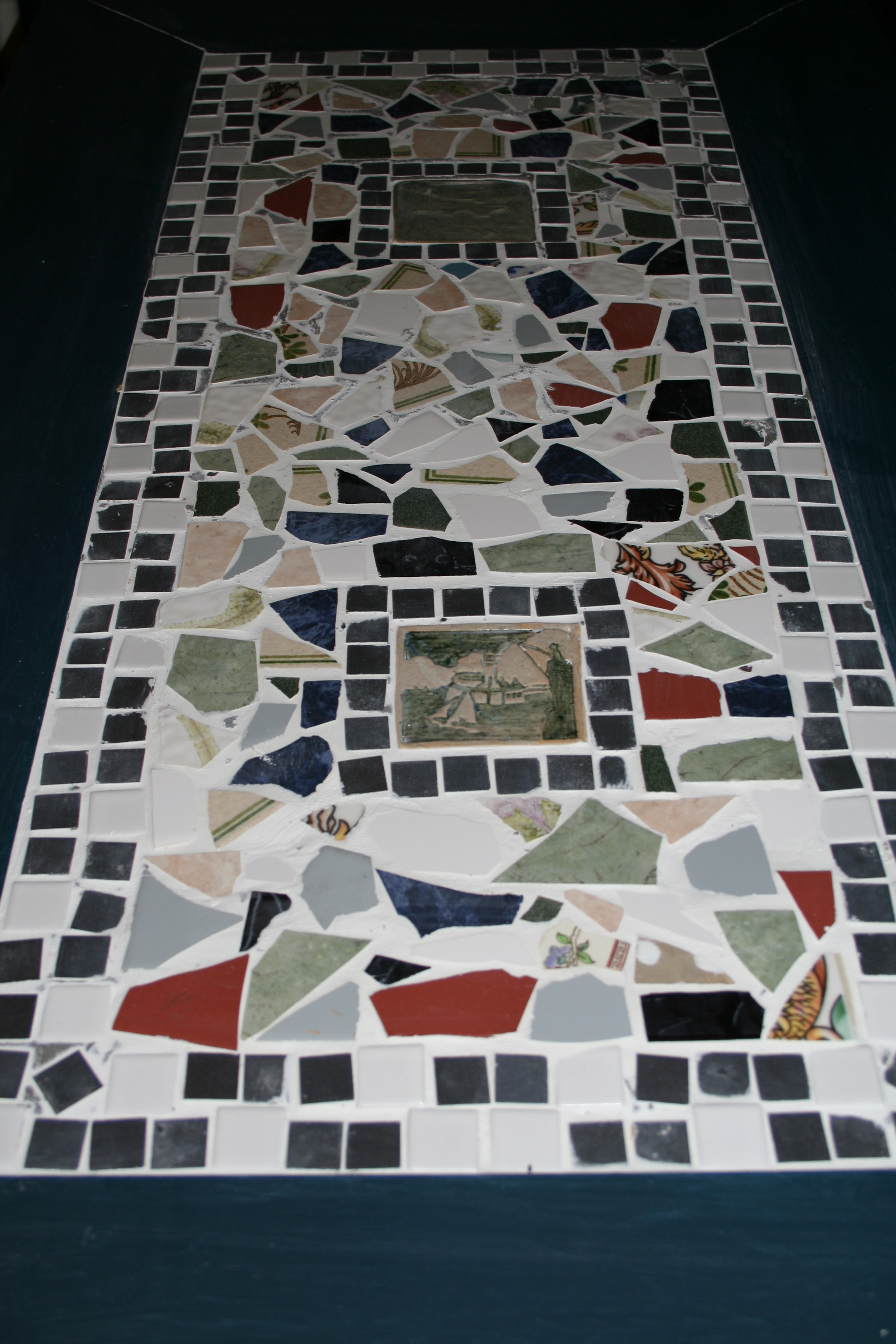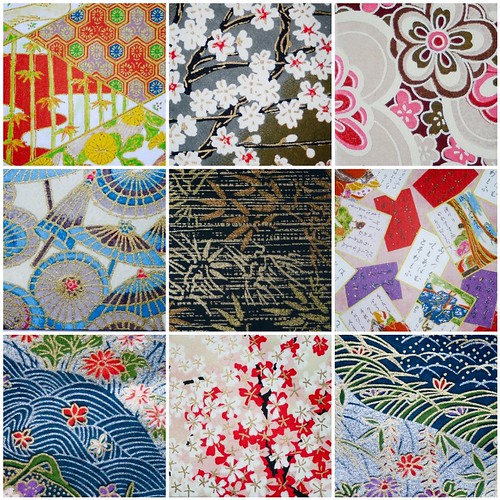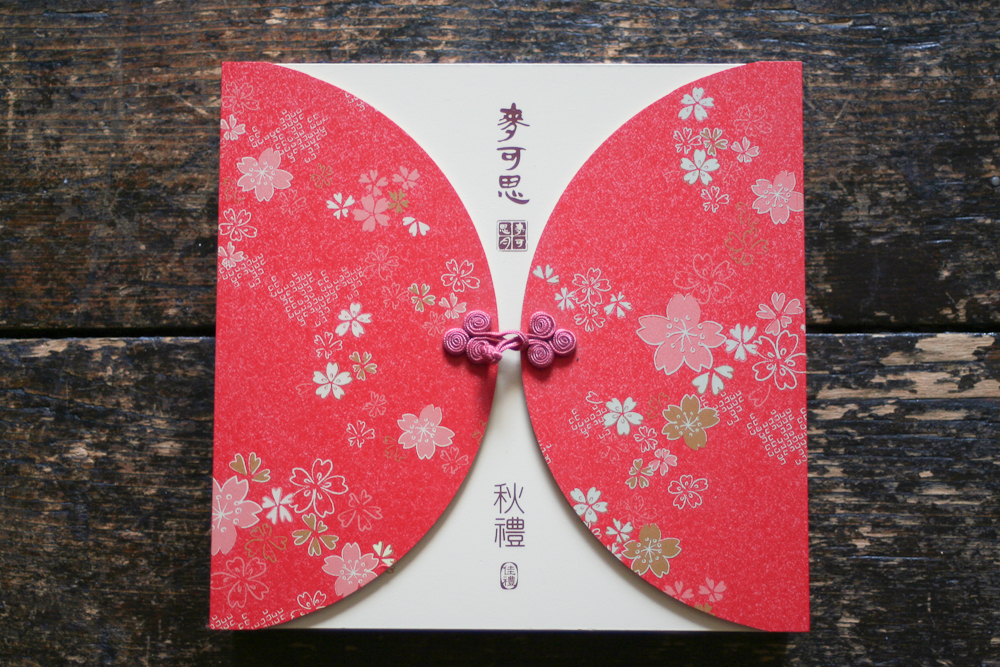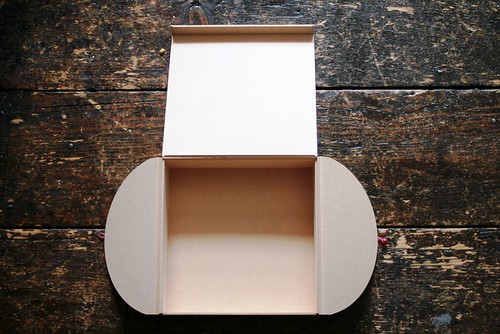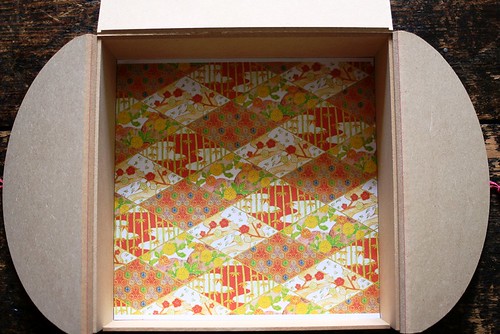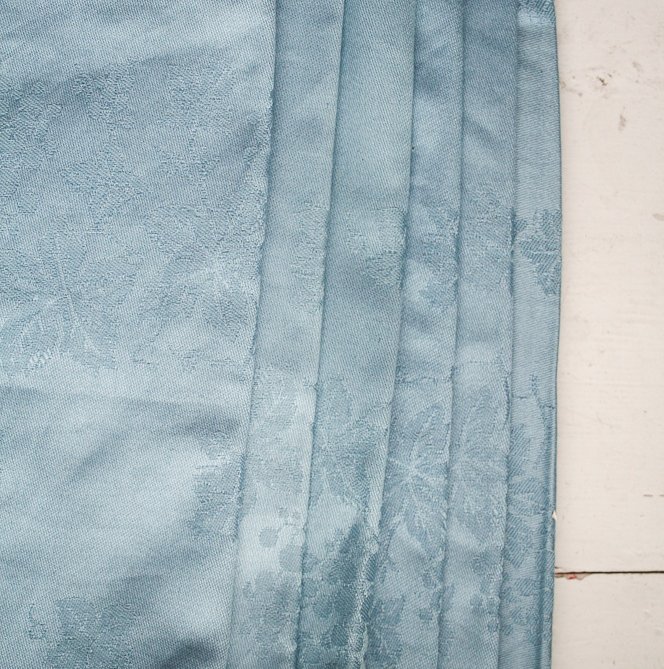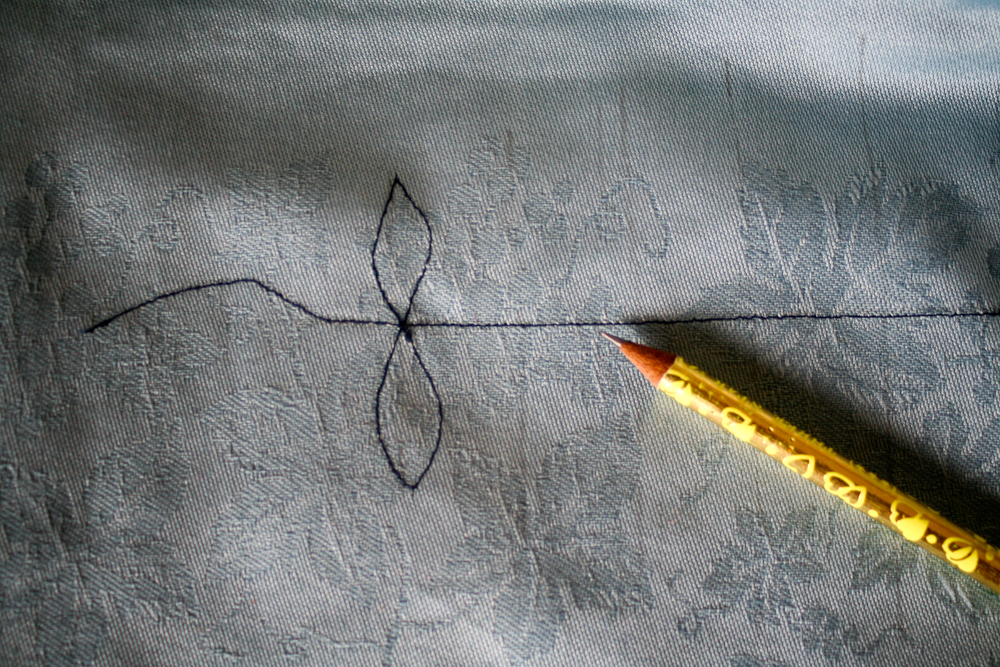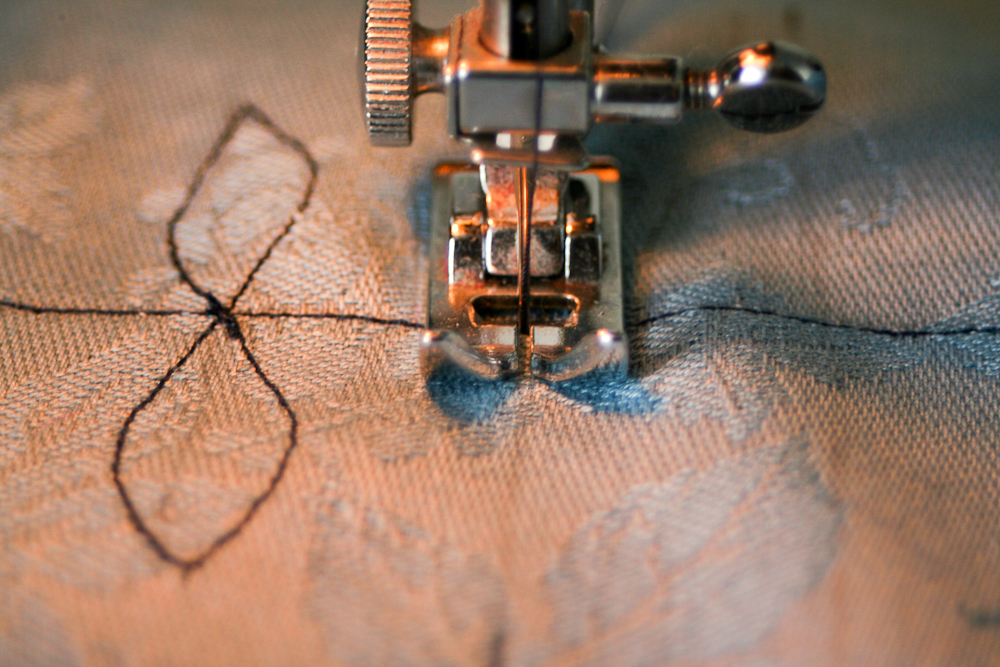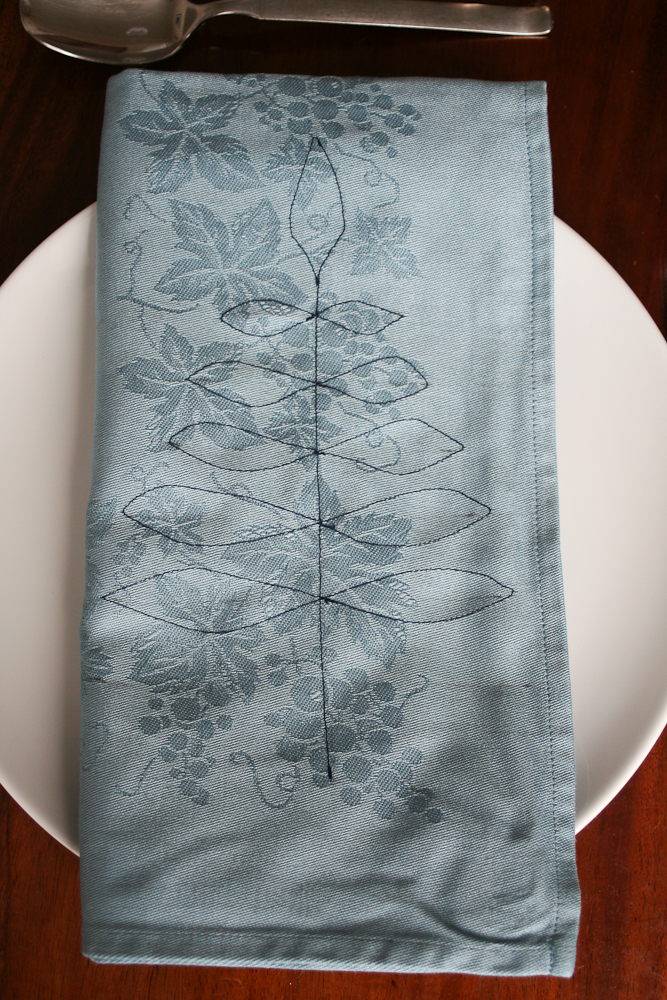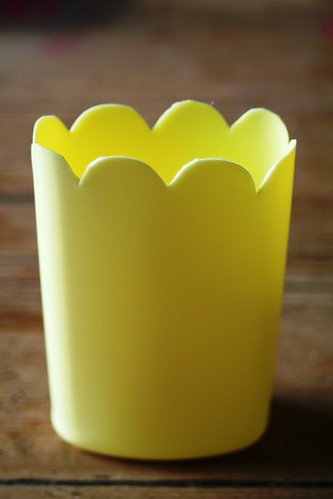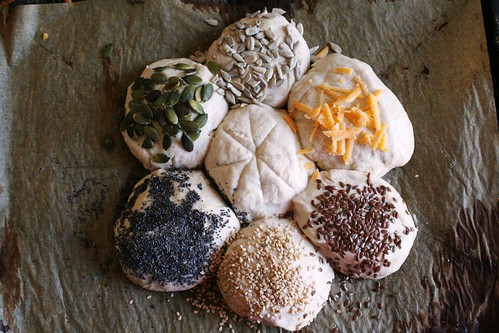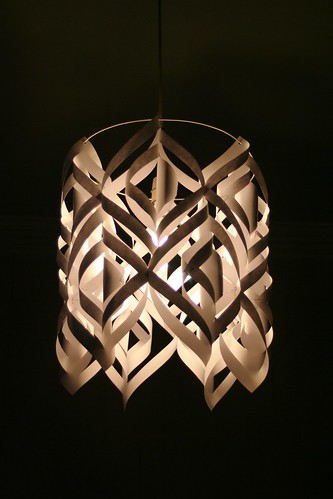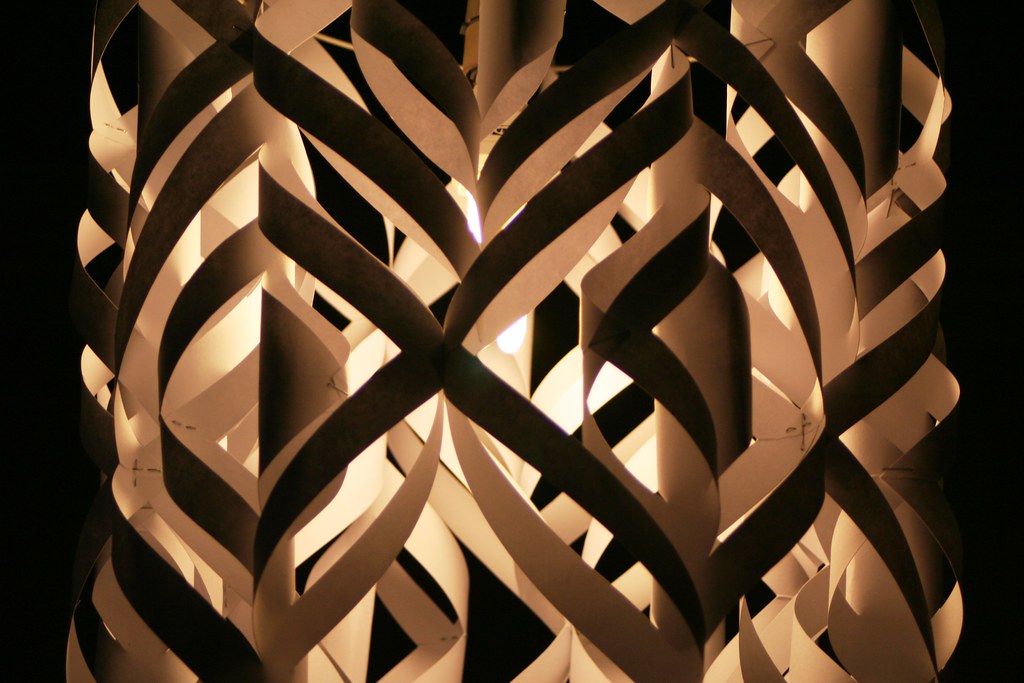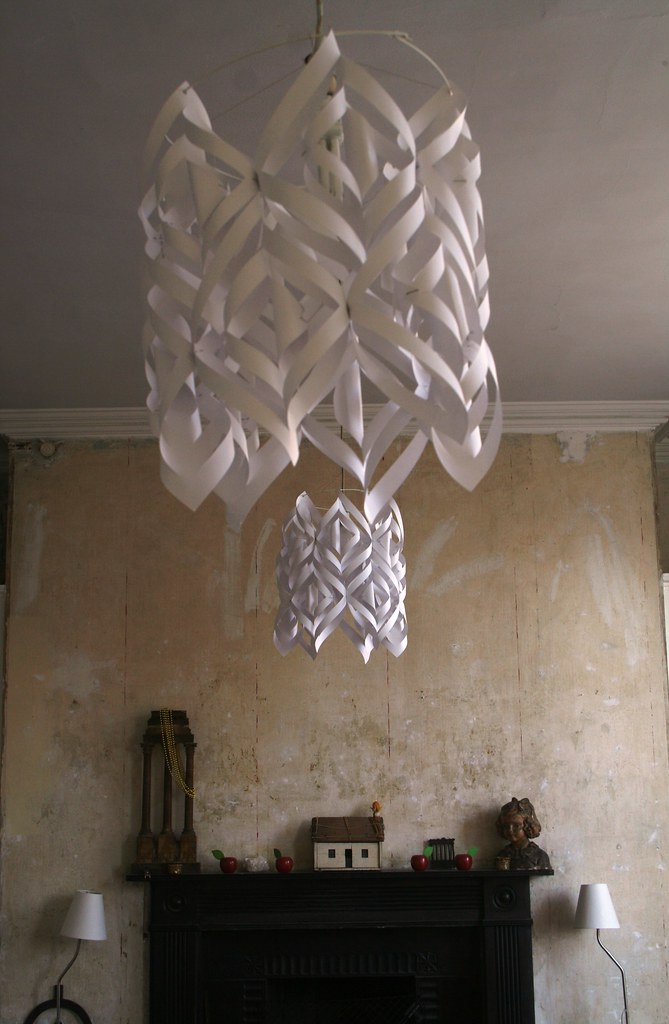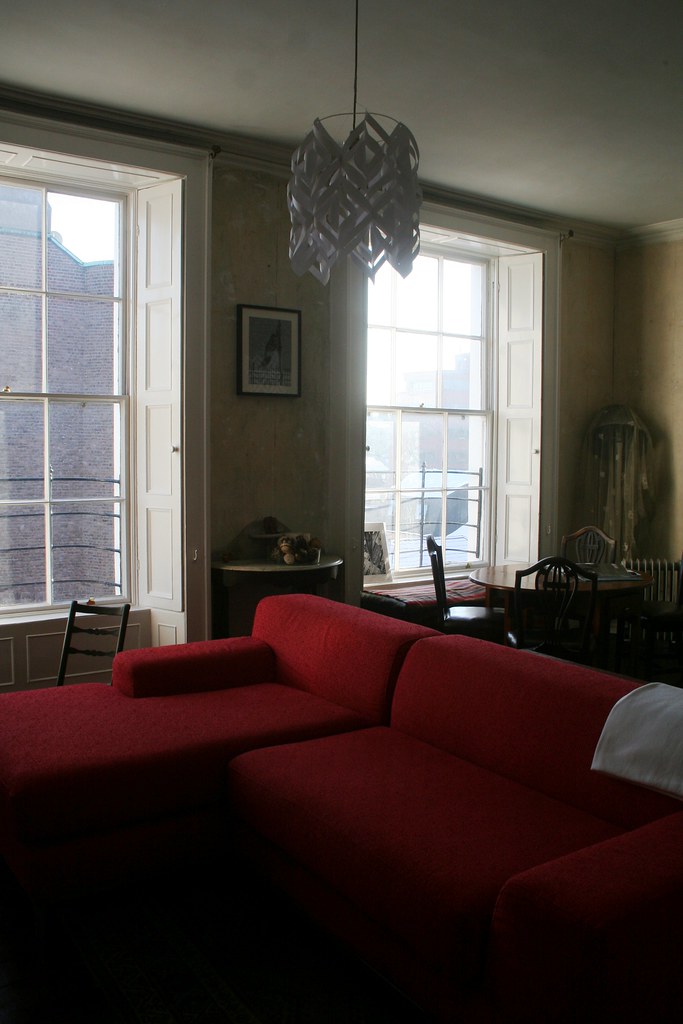 Today's project is already a good few years old. As old as my daughter, actually. And therefore please excuse the bad quality of some of the pictures. They were made in pre-digital times. Aeons ago, so to speak. But baby projects have come back to the top of my list. Noooo - don't congratulate me yet *haha*. Not me, but some of my dearest friends are in the middle of procreating. So Sonja is busy thinking up little pressies...
Today's project is already a good few years old. As old as my daughter, actually. And therefore please excuse the bad quality of some of the pictures. They were made in pre-digital times. Aeons ago, so to speak. But baby projects have come back to the top of my list. Noooo - don't congratulate me yet *haha*. Not me, but some of my dearest friends are in the middle of procreating. So Sonja is busy thinking up little pressies...Back when my daughter was a tiny tot, she would lie on the bench in the kitchen and keep us company while we were having meals. But she sometimes got bored, because lying on her back there was not much to see. I eventually decided to make her a simple paper mobile which would softly move and keep her entertained. It occurred to me, though, that most mobiles are actually not very cleverly designed - they are meant to hang above baby cots or changing mats. Yet when you look up, the paper shapes hang vertically and therefore you only see a small strip of paper but not the shapes. Sonja revolutionised baby mobiles forever with her simple design.
I cut out a daisy shape from a piece of strong, white cardboard and stuck a round bit of yellow paper in the middle.
 Then I made lots of butterflies from safety needles and colourful card. Thread some small beads onto the safety needles. These needles will be the butterfly bodies. And they provide a bit of weight so the butterflies can flutter prettily.
Then I made lots of butterflies from safety needles and colourful card. Thread some small beads onto the safety needles. These needles will be the butterfly bodies. And they provide a bit of weight so the butterflies can flutter prettily.For the butterfly wings simply fold over a piece of card and cut out the shape. Important: You have to make sure that the safety needle will fit around the middle of the paper butterfly, or to be exact: around the fold line. Just put the safety needles around the butterfly shape and fold the card butterflies open. Then attach a piece of thread to the side of the needle where there are no beads. Attach the other end to the petals of the daisy. And voila - there is a 3D mobile for baby which is actually visible from below!


